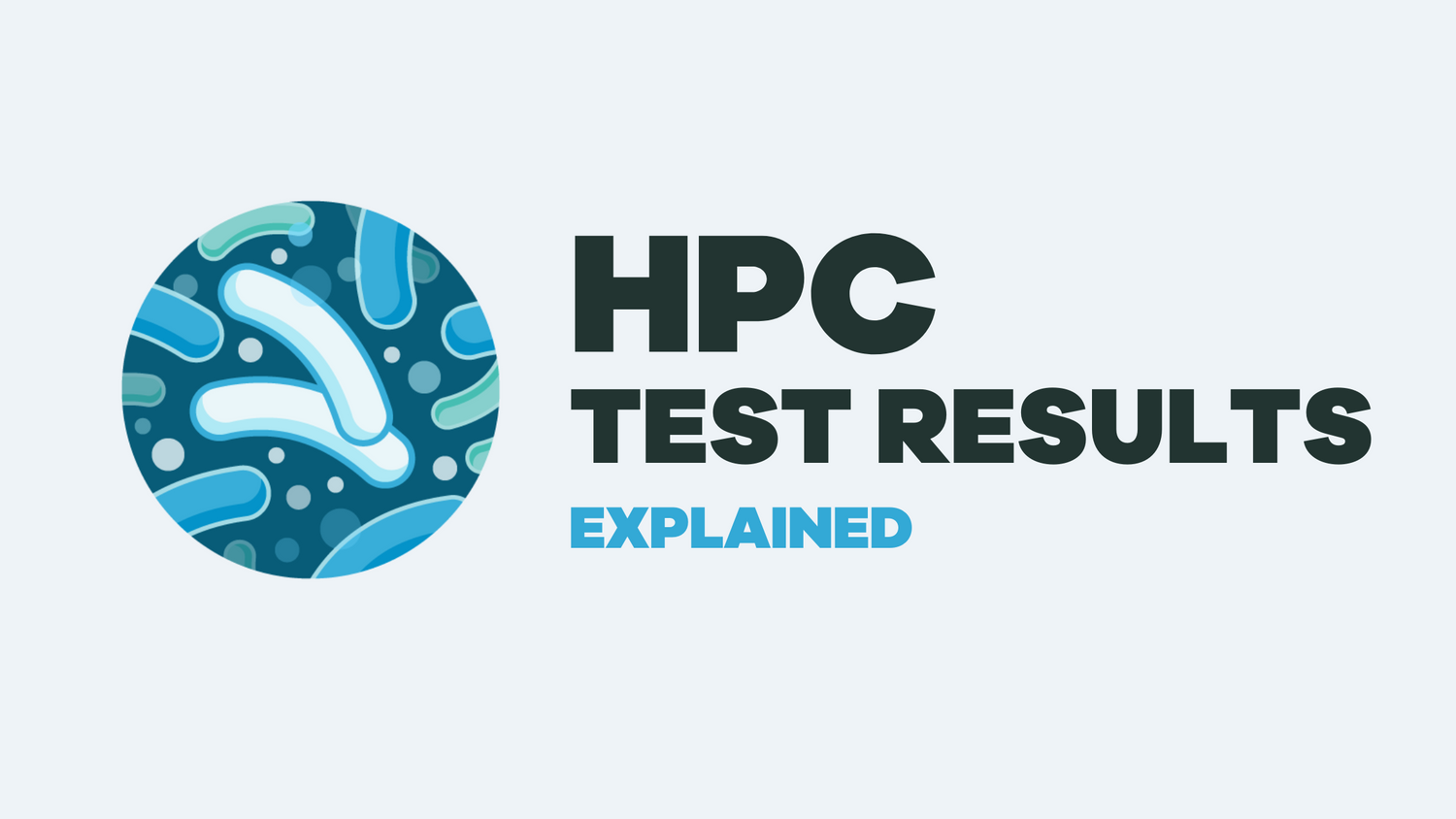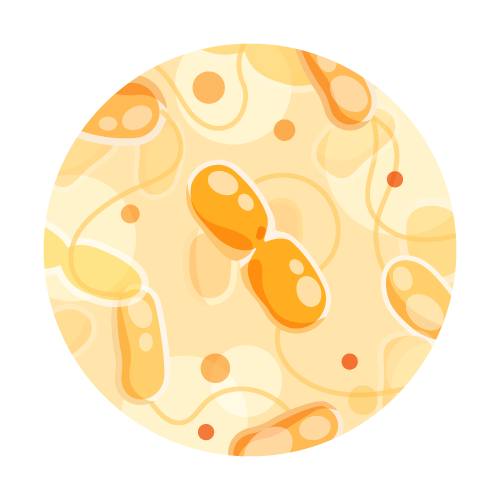
What Do HPC Test Results Actually Mean?
Our blog is written by real experts— not AI. Each guide is carefully reviewed and updated based on the latest research. Plus, with no affiliate links, you can count on unbiased insights you can trust.
Bacteria and other microorganisms are present all around us. The heterotrophic plate count, or HPC, is a testing method used to measure the presence of many of these microorganisms in foods, water, and water treatment systems.
Table of Contents:
- Are Heterotrophic Bacteria Bad?
- What Does a Heterotrophic Plate Count Indicate?
- What Are Acceptable HPC Levels in Water?
- When Should I Be Concerned?
Are Heterotrophic Bacteria Bad?
In simplest terms, almost all pathogenic bacteria are heterotrophic, but not all heterotrophic bacteria are pathogenic. So while HPC is indeed an indicator of overall bacterial presence in your water, it does not necessarily indicate a health risk. That’s because the majority of bacteria picked up in HPC tests are non-pathogenic, or unlikely to have a negative impact on your health.[1]

What Does a Heterotrophic Plate Count Indicate?
The HPC test is a count of all carbon-consuming bacteria in water, the vast majority of which are harmless. But while HPC tests are not indicators of overall water safety, they can be used to assess the conditions that affect microbial growth in a water source or distribution system (pipes/fittings, pumps, etc.).
Drastic increases in HPC concentrations can indicate a change in the raw water quality, changes in the drinking water treatment, or issues in the distribution system such as stagnation, temperature fluctuations, or low disinfectant residual levels.
What Are Acceptable Levels of HPC in Drinking Water?
There are a couple of factors that make it difficult to answer this question. First, as mentioned above, the detection of HPC (and therefore the presence of heterotrophic bacteria) does not necessarily pose a risk to human health. Most microbes detected in HPC tests are harmless and they are present everywhere in both the natural and built environment.
Additionally, every water system has a unique baseline HPC concentration. Significant departures from this baseline may indicate an issue, but remaining at this stable baseline is the desired condition, regardless of the absolute HPC concentration at the baseline.
Again, because there is no direct correlation between the HPC concentration and the presence or concentrations of infectious pathogens, there is no direct way of identifying a broadly acceptable HPC level.
Does the EPA Regulate HPC in Drinking Water?
The EPA does not have a regulatory limit for HPC and monitoring of HPC levels is technically not required. That said, the EPA enforces what is known as a “treatment technique” requirement which specifies that HPC concentrations should always be under 500 CFU/mL (colony forming units per milliliter) in finished drinking water.
So, in place of regular monitoring, treatment plants use specific treatment technologies designed to maintain HPC within the recommended concentration without the need to repeatedly measure HPC themselves.[3]
The situation with HPC is unlike those of contaminants that have regulatory limits because those contaminants with regulatory limits are directly monitored and there are consequences for treatment plants when these limits are exceeded.
The EPA’s recommendation for HPC is not the result of any evidence-based health risk assessments, rather it is intended to reduce interference with total coliform and E. coli analyses.[2]
When Should I Be Concerned?
The most important takeaway regarding HPC is that the HPC levels themselves aren’t the focal point. Typically, even very high heterotrophic bacteria results are not a cause for immediate health concern unless a person is immunocompromised or the effects are directly noticeable.[4] Each water source is variable, and baseline HPC levels are unique to the particular source or the conditions at the treatment plant.
What is important to pay attention to are any sudden or drastic changes in HPC concentrations.[5] A major change could be an indicator of an issue somewhere along the line. It goes without saying that if you can notice changes in the appearance, smell or taste of your water, it’s worth doing some comprehensive follow-up testing.
HPC Water Test
Test for heterotrophic bacteria in your filtered or unfiltered drinking water.
Coliform and HPC Water Test
Comprehensive bacterial baseline testing for total coliform, E. coli, and HPC in drinking water.
Total Microbiology Water Test
Test for and identify an extensive array of microbial concerns–including bacteria, protozoa, HPC, and algae–with this comprehensive pathogen screen.
Of course, water that is explicitly “disinfected” should have lower HPC levels than non-disinfected water.
As always, if you have any questions or concerns about your water or want to know more about the results of an HPC test, don’t hesitate to reach out to our team of water scientists and experts:
Read More
▾Chlorine and Chloramine: Two Ways to Disinfect
Pathogens That Contaminate Drinking Water
What Is The Difference Between MCLG and MCL?
Sources and References
▾- Introduction to The Interaction between Heterotrophic Bacteria and Coliform, etc.
- The Interaction between Heterotrophic Bacteria and Coliform, Fecal Coliform, Fecal Streptococci Bacteria in the Water Supply Networks
- National Primary Drinking Water Regulations
- Guidance on HPC in Canadian drinking water supplies: Health Effects
- Guidance on HPC in Canadian drinking water supplies
















